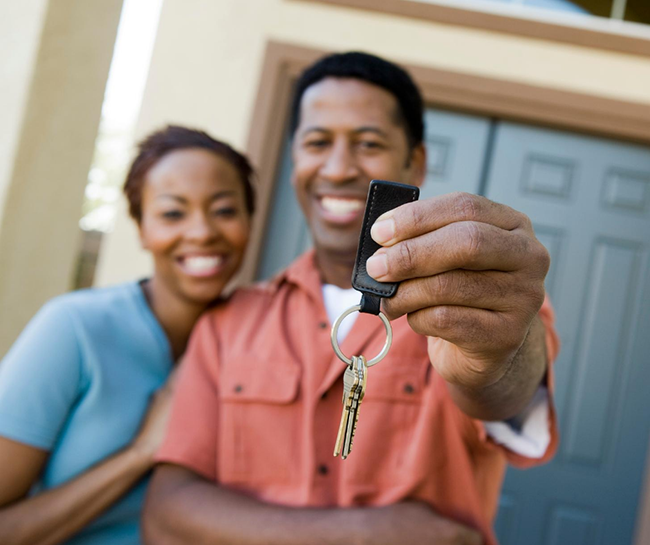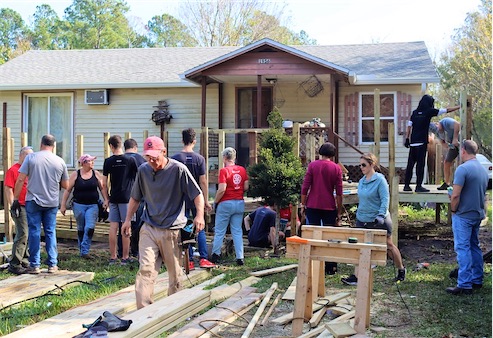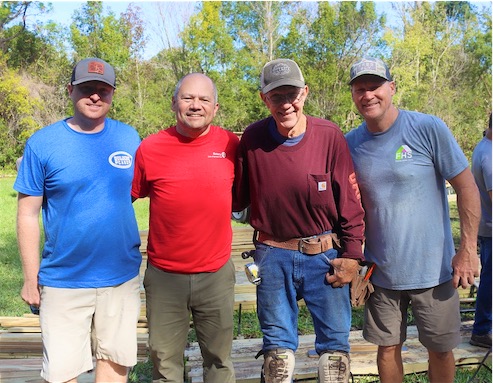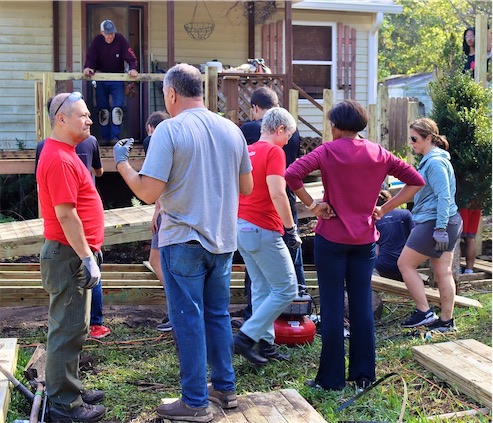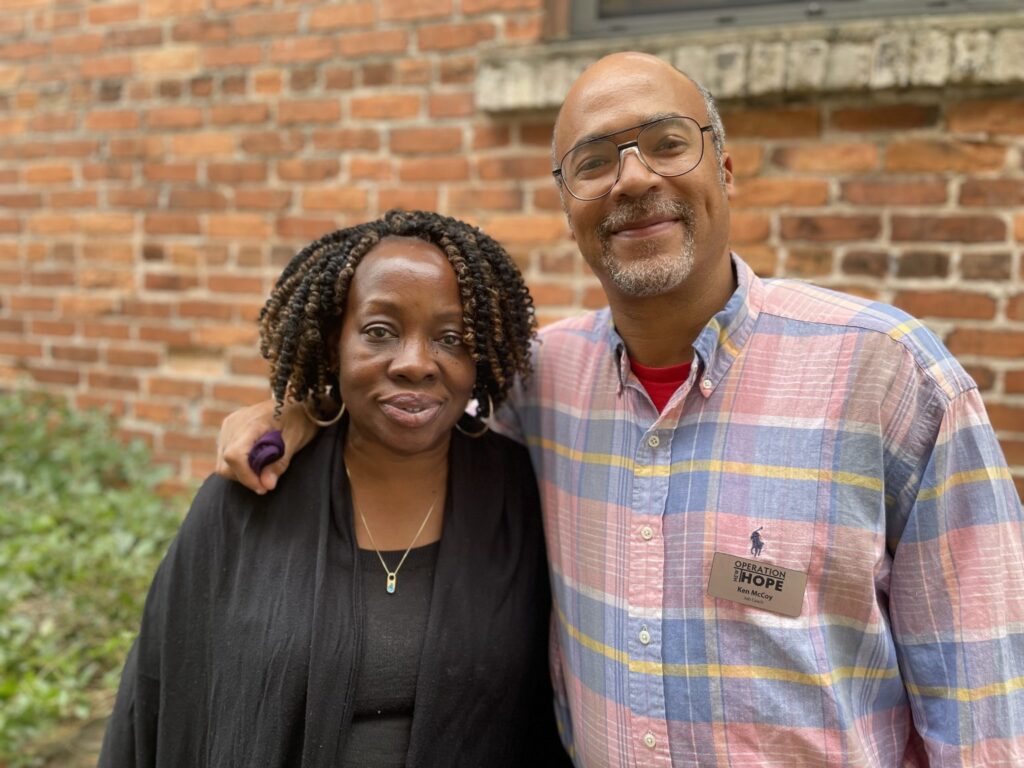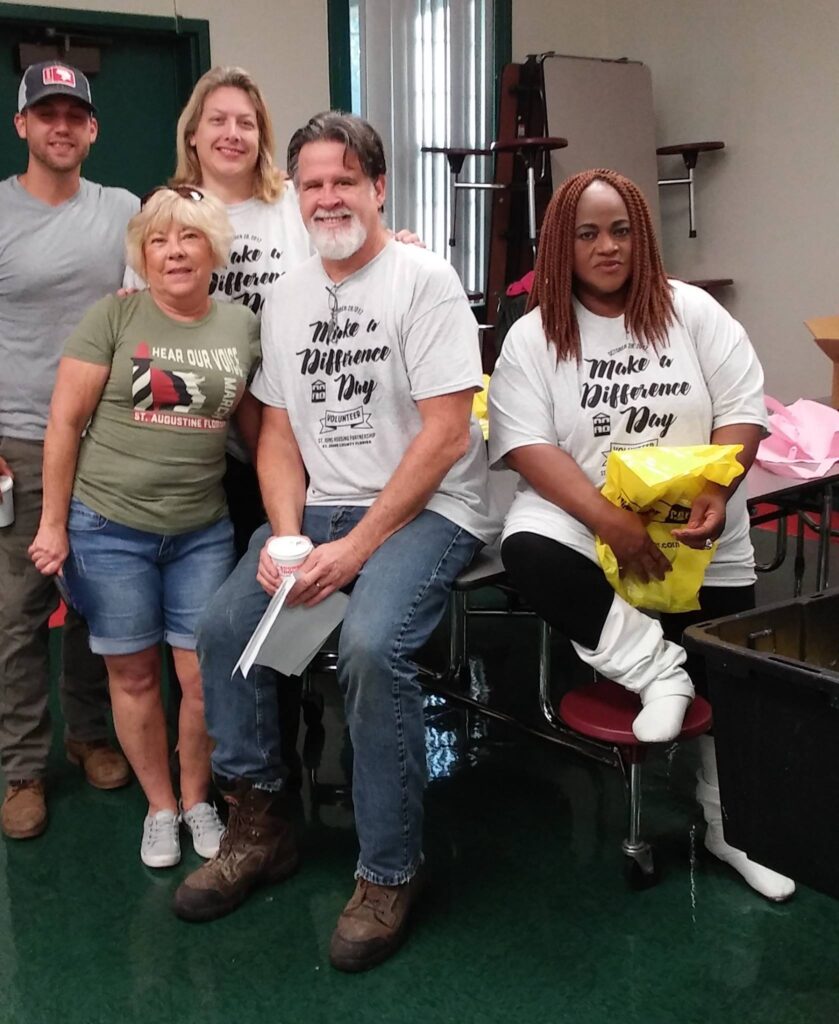First Time Home-buyer with Little to No Money Down? – We have houses for Sale!
A No Down Payment mortgage allows first-time home buyers and repeat home buyers that haven’t owned a house for 2 years, are able to purchase property with no money required at closing except standard closing costs. These options, include: the USDA Loan and VA Home Loans. Mortgage insurance premiums typically accompany low and no down payment mortgages, but not always.
Low down payment loan options include the FHA loan and the Fannie Mae 97% loan called HomeReady™, allow potential homeowners to put down 3.5% and 3%, respectively, of the purchase price of the home.
Is a no down payment mortgage right for you?
Now is a great time to buy a home. We have record low mortgage rates, as low as 3%! With inflation running at around 3%, these loans are practically free.
Sales are rising, supply is dropping, and prices have increased in many cities and neighborhoods. Compared to next year, today’s market may look like a bargain.
No down payment: USDA loans (102% financing)
The U.S. Department of Agriculture offers a 102% financing mortgage. The program is formally known as a Section 502 mortgage, but, more commonly, it’s called a Rural Housing Loan.
The great news about the USDA Rural Housing Loan is that it’s not just a “rural loan” — it’s available to buyers in suburban neighborhoods, too. For example: 1 mile west of downtown St Augustine Florida qualifies as a USDA territory! The USDA’s goal is to reach “low-to-moderate income homebuyers” typically in the 80% of the Average Median Income range.
A few key benefits of the USDA loan are:
- Fixed low interest rate mortgage payment for 30 years
- Maximum home purchase price, in our area less than $299,000
- You may include eligible home repairs and improvements in your loan
- Guarantee fee added to loan balance at closing; mortgage insurance collected monthly
Another key benefit is that USDA mortgage rates are often lower than rates for comparable, low- or no-down payment mortgages. Financing a home via the USDA can be the lowest cost means of homeownership.
Check if the address you’re considering is in the USDA territory: Check My USDA Eligibility
No down payment: VA loans (100% financing)
The VA loan or Veteran’s Affairs loan, is a no-money-down program available to members of the U.S. military and surviving spouses.
Guaranteed by the U.S. Department of Veteran Affairs, VA loans are similar to FHA loans in that the agency guarantees repayment to lenders making loans which means VA mortgage guidelines.
VA loan qualification are pretty straight-forward.
VA loan qualifications are available to active duty and honorably discharged service personnel are eligible for the VA program. In addition, home buyers who have spent at least 6 years in the Reserves or National Guard are eligible, as are spouses of service members killed in the line of duty.
Some key benefits of the VA loan are :
- No mortgage insurance is required – lower overall monthly payment
- You may use intermittent occupancy
- Bankruptcy and other derogatory credit do not immediately disqualify you
VA loans also allow for loan sizes of up to $510,000 in northern Florida.
Low down payment: FHA loans (3.5% down)
The FHA Loan is a loan that’s federally insured by the Housing Urban Development (HUD) agency. When a bank underwrites and funds a loan which meets these specific guidelines, the FHA agrees to insure that loan against loss. This is why the down payment is so low, because the government is insuring this loan.
FHA mortgage guidelines are famous for their liberal approach to credit scores and down payments. The FHA will typically insure a home loan for borrowers with low credit scores so long as there’s a reasonable explanation for the low FICO.
The FHA allows a down payment of just 3.5 percent in all U.S. markets, with the exception of a few FHA approved condos.
Other benefits of the FHA Loan are:
- Your down payment may consist entirely from “gift funds” from a relative
- Your credit score can be as low as 500, but 620 is preferable
- Mortgage insurance premiums are paid upfront at closing, and monthly thereafter
Furthermore, the FHA supports homeowners who have experienced recent short sales, foreclosures or bankruptcies through the FHA Back to Work program.
Low down payment: The HomeReady™ Mortgage (3% down)
The HomeReady™ mortgage is special among today’s low- and no-downpayment mortgages. It is backed by Fannie Mae. The mortgage offers below market mortgage rates, reduced mortgage insurance costs, and the most creative underwriting idea on more than a decade.
Using HomeReady™, the income of everyone living in the home can be used to get mortgage-qualified and approved.
For example, if you are a homeowner living with your parents, and your parents earn an income, you can use their income to help you qualify. Similarly, if you have children who work and contribute to household expenses, those incomes can be used for qualification purposes, too.
Furthermore, via HomeReady™, you can use boarder income to help qualify; and, you can use income from an out of area rental unit as well, even if you’re paid in cash.
HomeReady™ home loans were designed to help multi-generational households get approved for mortgage financing. However, the program can be used by anyone in a qualifying area; or who meets household income requirements.
The down payment hurdle
However, it’s not the monthly payment that scares off new buyers these days — it’s the prospect of having to put 20% down.
Buyers are earning good incomes, but few have much saved in the bank.
The good news is that there are a large number of mortgage programs that require little or no money down, and they’re available to the general public — no hoops required.
Want to buy a home with little or nothing down? You can.
Home buyers don’t need to put 20% down
In today’s U.S. housing market, home buyers don’t need to make a 20 percent down payment. It’s a common misconception that “20 Percent Down” is required to buy a home. And, while that may have true at some point in history, it hasn’t been so since the introduction of the FHA loan, which occurred in 1934.
The likely reason why buyers believe a 20% down payment is required is because, with one specific mortgage type — the conventional mortgage — putting twenty percent down means private mortgage insurance (PMI) is not required; meaning a higher monthly payment.
Don’t spend your entire savings as a down payment to buy a home!
When the majority of your money is tied up in a home, financial experts refer to it as being “house-poor”.
When you’re house-poor, you have plenty of money “on-paper”, but little of it available for the everyday emergencies of life. As most homeowner that have owned a home for some time, will tell you, emergencies happen.
Plumbing leaks, air conditioning quits, roofs collapse, water heaters break, you become ill and cannot work etc. Insurance can help you in some cases, but most of the time it either won’t cover maintenance items or the repair cost are lower than the insurance deductible you’ll have to pay.
This is why you being house-poor can be really dangerous.
Many people believe it’s financially-conservative to put 20% down on a home. If that 20 percent is everything you have, though, putting twenty percent down is the opposite of being financially-conservative.
The true financially-conservative option is to make a small down payment.
Down Payment Assistance
There are several down payment assistance programs available to cover the gap in down payment money. Most of these programs are grants as long as you own the home for several years.
Here are a few of the programs available in 2020:
- Homeownership Pool (HOP) Program
- Up to 25% of the purchase price in down payment up to $70,000
- Must purchase the home from a HOP Pool Member like St Johns Housing Partnership
- Florida Down Payment Assistance
- 30-year fixed rate 97% LTV first mortgage loan coupled with an up to 8% FNMA second mortgage for Closing Costs. 97% + 8% = 105% CLTV
- AFR Advantage FHA Financing 3.5% Grant program
- 5% Grant from Non-Profit 96.5% eligible FHA approved mortgage.
- Conventional Preferred Plus Down Payment Assistance mortgage grant
- 3% to 4% down payment assistance of the purchase price
- House 2 Home FHA Down Payment Assistance for ALL Florida Counties
- Provides up to 5% in down payment assistance in ALL Florida Counties for FHA Loans.
- OWN A HOME OPPORTUNITY
- The assistance comes in the form of a 3%, 4% or 5% Grant at Closing
- FHA – (HFA) Housing Finance Authority “Home Sweet Home” Down Payment Assistance program for Hillsborough, Brevard, and Clay counties and Jacksonville ONLY
- the down payment assistance comes in the form of a deferred $7,500 – 0% interest rate, fixed-rate second mortgage loan
- Florida – (HFA) Housing Finance Authority for the entire State of Florida – $7500-$10,000
- Florida Assist HFA State Bond Down Payment Assistance Program for all Florida counties
- comes in the form of a $7,500 – 0% interest 2nd mortgage loan. Loan to be repaid when property is sold, refinanced, or ceased to be lived in by Mortgagor
- Federal Home Loan Bank Down Payment Assistance Matching Grant
- Provides 4:1 matching funds up to $5,000 for Borrowers not involved in the occupations below.
- Provides 4:1 matching funds up to $7,500 for those involved in Public Safety, Medical, or Education.
- UNLIMITED INCOME DPA Edge 100% Mortgage Financing
- Provides 3.5% in down payment assistance in ALL Florida Counties for both FHA and Conventional FNMA Loans.
- Rate Advantage 100% Mortgage Loan Financing
- 95% Financing available for First Responders Nurses, Military (Active & Inactive), Police Departments, EMT’s, Firefighters and employees, Teachers and all State and County School System Employees
- Gift Funds allowed for Closing Costs.
- No First Time Home Buyer requirement
- Power Purchase Program Reduced Mortgage Insurance
- Requires 1% down payment from the home buyer for down payment.
- 2% Grant from Non-Profit + 1% Home Buyer Funds equals 3% equity with a 97% eligible conforming loan.
- Nonprofit Foundations – We have Several Great Projects! Measurable Financial Return, Social return and Environmental Impact and a return of all capital contributed

